Most are color filters, but this does not mean they will not affect your black and white images. As contrast plays a considerable role in enhancing the subject of a black and white image, this is precisely what a black and white filter will affect. In this article, we look at which filters will help with your black and white photography.
The Best Black And White Filters for Photography
Filters come in two different shapes; circle and square. They do the same job, but they attach to your lens in different ways. Circle filters twist onto the front of your lens via a threaded mount. They need to be the same diameter as your lens front. Square filters are attached to your lens by a holder. You can use a square filter with any lens, as the adapter can vary depending on the size of the thread. With advantages and disadvantages to both, there is no consensus on which shape is better. You have to decide which one you prefer.
InfraRed
Infrared is an intense red. Its wavelengths are not visible to the naked eye. Infrared filters, or IR filters, reflect visible light. They do this while allowing infrared wavelengths of light to enter your lens. The result of these filters differs across color or black and white photography. With color photography, they turn green areas into pink. This makes an exciting landscape scene. The idea is similar for black and white photography, except you do not see the color shift. Green colors reflect a lot of visible light. They also reflect more infrared light. This makes them lighter in black and white images when using an Infrared filter. Regarding your images, it means that you are going to get high contrast. With dark sky and water or light clouds and leaves, your images will be less plane. You can buy these filters for your front lens, but you can even modify your gear to have an infrared camera. You can do it with a cheaper camera body, or you can buy already-modified ones. This way, your camera will only process infrared wavelengths. When you have an IR filter on your front lens, none of the visible light reaches your camera sensor. Due to this, you can only shoot with a much longer exposure time. Also, because the filter is dark, you have to focus before attaching it. By shooting with a modified camera, you can be more creative. You will not be limited by shutter speed or the darkness of the filter. The disadvantage is that you cannot just remove the filter.
Color Filters
So we know that color filters can affect color images. But what about black and white photos? Why would you use a red filter with black and white photography? You’d think it would add a red color cast over the entire image. For color photography, you would be correct. It would make the scene warmer as it concentrates on the reds and pinks in your scene. But, as black and white are devoid of color, it still affects them. In black and white film photography, films (and sensors) are sensitive to all wavelengths of visible light. Color filters let through their color and reflect their complementary color. This way, they emphasised their color. In black and white images, this is going to be visible in the tones. Sometimes the subjects of different colors appear the same in B&W images. These filters help to separate different parts of the image from each other. A red filter will lighten the reds. At the same time, it will darken the colors on the opposite side of the spectrum.
Which Colors Work Best for Black and White Photography?
To answer this question, we have to look at what type or field of photography you are shooting in. You might want to have a whole color filter kit for different purposes. Your scene can have many colors, and you’ll decide on the field which ones you want to derive or emphasise.
Red: Lightens reds and pinks, darkens greens and blues. These are great for landscape scenes where you are looking for a moody tone in foliage. Orange: Adds contrast. In turn, separating the objects, adding depth and texture. They also reduce the impact of blemishes and freckles and give the face a healthier look. Yellow: Bring out the sky and clouds by darkening the blue areas of the sky. Yellow-Green: An all-around filter and a must-have for any black and white film photographer. Being yellow and green, you get the benefits of both separate yellow and green filters. It darkens tones found in blue skies, making clouds pop. It does so while keeping the green areas lighter. This is a definite for landscape photographers. Green: These filter out green wavelengths of color. It makes foliage lighter and more pleasing. The contrast is also affected. If you are looking to capture rolling green hills, this is the one for you.
General Filters That Can Be Used for Black and White Photography
Skylight/UV Filters
UV filters reduce hazing caused by the atmosphere and sun. This helps to maintain sharpness. By cutting down on the ultraviolet light, you will have more contrast. There is another use, and that is to protect your camera. Having a UV filter on the front element of your lens means, they get damaged first. Although it cannot protect your whole camera, it’s excellent against more minor issues. This could be said about all filters but you can always leave your UV filter on your lens. They don’t have a visibly strong effect on your images. This can’t be said, for example, about the color or IR filters. Some photographers do not recommend using UV filters because of image quality loss. If you buy a more expensive one, you can avoid it. But anything in front of your lens can indeed decrease image quality.
Neutral-Density Filters
Neutral Density filters reduce the amount of light that enters your lens. You might ask why we would do that? Most of the time, photographers are looking for more light. These are very handy for long exposures in very sunny conditions. On a bright sunny day, ISO 100, f/22 can only get you so far. Perhaps it gives you a 1/30th of a second exposure before the image is completely overexposed. Neutral Density filters block the light in degrees of stops. You can get up to ten stops of play, turning that 1/30th of a second into 30 seconds. You can find both in circular and square formats. These filters come in two types; Neutral Density and Graduated Neutral Density filters. The graduated ND offers a varying degree of strength across the entire filter. They are darkest on one end and lightest on the other. These are mostly screw-on filters, and with a circular motion, you can change their stopping power. These have specific uses, for example, landscape photography, especially sunsets. The idea is the darker area goes at the top and fades as it goes lower. This is because the sky has more stops of light. Using this filter allows the sky and clouds details to come without compromising the exposure of the landscape.
Polarising Filters
A polarising filter is a convenient filter to use for black and white photography. It also works with color photography in the same way. These filters reduce and remove glare and reflections from reflective surfaces. If you encounter a lot of windows or water, this is your best friend. They also darken skies. These filters help to capture more dramatic images. For example, in landscape photography, polarising filters emphasise the tonal differences and the texture of clouds. Circular polarising filters have degrees of strength. Having this filter threaded onto your lens allows you to turn it. This helps pick out specific areas of your scene. The intensity grows too. Some photographers prefer the square slot-in version, which offers an evenly polarising effect. They are cheaper and easier to use.
Conclusion: Street Photography Quotes
Lens filters can be used for color and black and white photography as well. Each will have different effects, depending on the colors (or the lack thereof). They are pretty cheap solutions for strengthening your images. Most of them have effects, which can’t be reached during the post-process. This is because they directly modify the light that gets into your lens. You can experiment with them and find the ones you like the most. They can help to make your style more unique and sophisticated. Grab your filter and your camera and take stunning images by using our Photography for Beginners course!
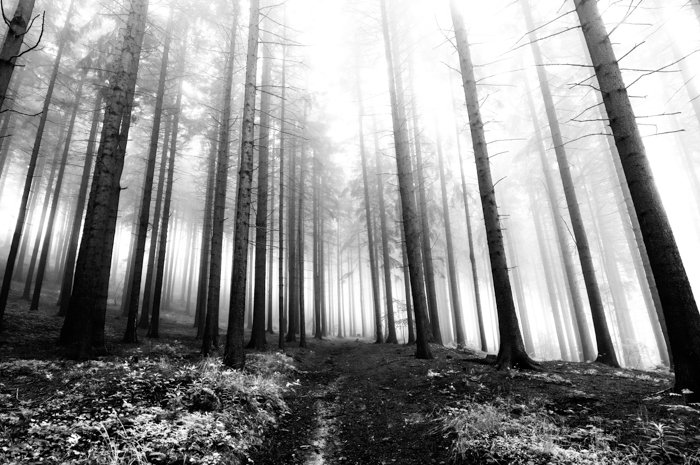


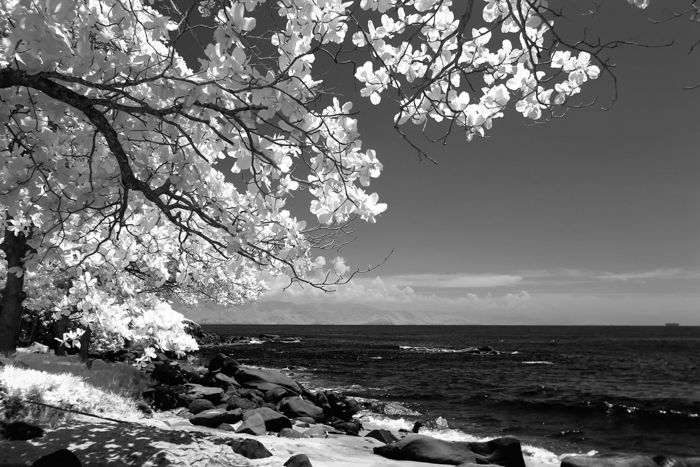

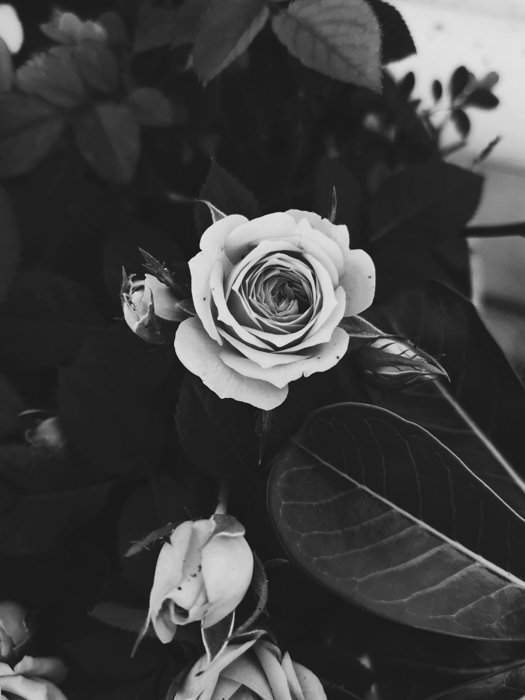
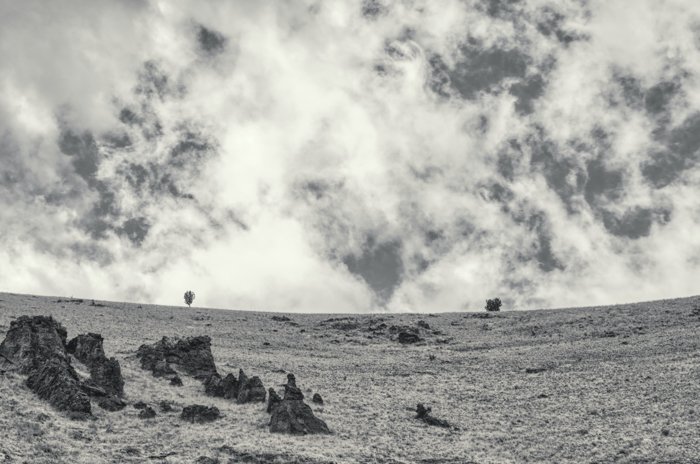
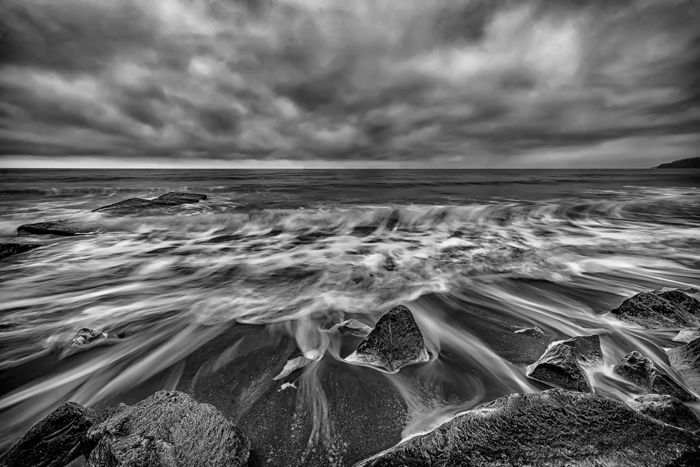
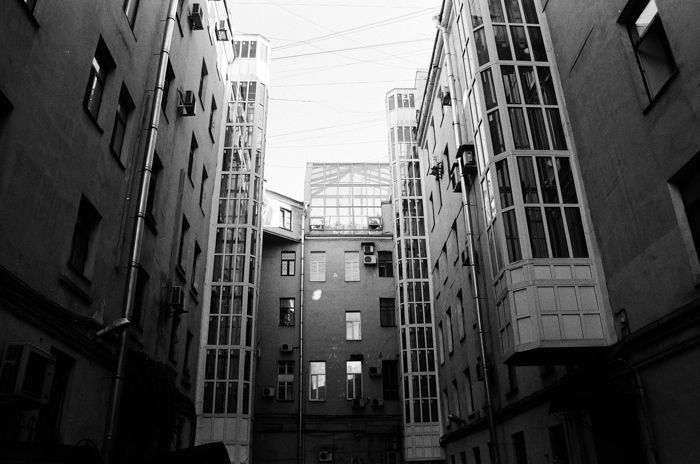
title: “What Are Black And White Filters How And Why To Use Them " ShowToc: true date: “2022-12-30” author: “Michael Crosby”
Most are color filters, but this does not mean they will not affect your black and white images. As contrast plays a considerable role in enhancing the subject of a black and white image, this is precisely what a black and white filter will affect. In this article, we look at which filters will help with your black and white photography.
The Best Black And White Filters for Photography
Filters come in two different shapes; circle and square. They do the same job, but they attach to your lens in different ways. Circle filters twist onto the front of your lens via a threaded mount. They need to be the same diameter as your lens front. Square filters are attached to your lens by a holder. You can use a square filter with any lens, as the adapter can vary depending on the size of the thread. With advantages and disadvantages to both, there is no consensus on which shape is better. You have to decide which one you prefer.
InfraRed
Infrared is an intense red. Its wavelengths are not visible to the naked eye. Infrared filters, or IR filters, reflect visible light. They do this while allowing infrared wavelengths of light to enter your lens. The result of these filters differs across color or black and white photography. With color photography, they turn green areas into pink. This makes an exciting landscape scene. The idea is similar for black and white photography, except you do not see the color shift. Green colors reflect a lot of visible light. They also reflect more infrared light. This makes them lighter in black and white images when using an Infrared filter. Regarding your images, it means that you are going to get high contrast. With dark sky and water or light clouds and leaves, your images will be less plane. You can buy these filters for your front lens, but you can even modify your gear to have an infrared camera. You can do it with a cheaper camera body, or you can buy already-modified ones. This way, your camera will only process infrared wavelengths. When you have an IR filter on your front lens, none of the visible light reaches your camera sensor. Due to this, you can only shoot with a much longer exposure time. Also, because the filter is dark, you have to focus before attaching it. By shooting with a modified camera, you can be more creative. You will not be limited by shutter speed or the darkness of the filter. The disadvantage is that you cannot just remove the filter.
Color Filters
So we know that color filters can affect color images. But what about black and white photos? Why would you use a red filter with black and white photography? You’d think it would add a red color cast over the entire image. For color photography, you would be correct. It would make the scene warmer as it concentrates on the reds and pinks in your scene. But, as black and white are devoid of color, it still affects them. In black and white film photography, films (and sensors) are sensitive to all wavelengths of visible light. Color filters let through their color and reflect their complementary color. This way, they emphasised their color. In black and white images, this is going to be visible in the tones. Sometimes the subjects of different colors appear the same in B&W images. These filters help to separate different parts of the image from each other. A red filter will lighten the reds. At the same time, it will darken the colors on the opposite side of the spectrum.
Which Colors Work Best for Black and White Photography?
To answer this question, we have to look at what type or field of photography you are shooting in. You might want to have a whole color filter kit for different purposes. Your scene can have many colors, and you’ll decide on the field which ones you want to derive or emphasise.
Red: Lightens reds and pinks, darkens greens and blues. These are great for landscape scenes where you are looking for a moody tone in foliage. Orange: Adds contrast. In turn, separating the objects, adding depth and texture. They also reduce the impact of blemishes and freckles and give the face a healthier look. Yellow: Bring out the sky and clouds by darkening the blue areas of the sky. Yellow-Green: An all-around filter and a must-have for any black and white film photographer. Being yellow and green, you get the benefits of both separate yellow and green filters. It darkens tones found in blue skies, making clouds pop. It does so while keeping the green areas lighter. This is a definite for landscape photographers. Green: These filter out green wavelengths of color. It makes foliage lighter and more pleasing. The contrast is also affected. If you are looking to capture rolling green hills, this is the one for you.
General Filters That Can Be Used for Black and White Photography
Skylight/UV Filters
UV filters reduce hazing caused by the atmosphere and sun. This helps to maintain sharpness. By cutting down on the ultraviolet light, you will have more contrast. There is another use, and that is to protect your camera. Having a UV filter on the front element of your lens means, they get damaged first. Although it cannot protect your whole camera, it’s excellent against more minor issues. This could be said about all filters but you can always leave your UV filter on your lens. They don’t have a visibly strong effect on your images. This can’t be said, for example, about the color or IR filters. Some photographers do not recommend using UV filters because of image quality loss. If you buy a more expensive one, you can avoid it. But anything in front of your lens can indeed decrease image quality.
Neutral-Density Filters
Neutral Density filters reduce the amount of light that enters your lens. You might ask why we would do that? Most of the time, photographers are looking for more light. These are very handy for long exposures in very sunny conditions. On a bright sunny day, ISO 100, f/22 can only get you so far. Perhaps it gives you a 1/30th of a second exposure before the image is completely overexposed. Neutral Density filters block the light in degrees of stops. You can get up to ten stops of play, turning that 1/30th of a second into 30 seconds. You can find both in circular and square formats. These filters come in two types; Neutral Density and Graduated Neutral Density filters. The graduated ND offers a varying degree of strength across the entire filter. They are darkest on one end and lightest on the other. These are mostly screw-on filters, and with a circular motion, you can change their stopping power. These have specific uses, for example, landscape photography, especially sunsets. The idea is the darker area goes at the top and fades as it goes lower. This is because the sky has more stops of light. Using this filter allows the sky and clouds details to come without compromising the exposure of the landscape.
Polarising Filters
A polarising filter is a convenient filter to use for black and white photography. It also works with color photography in the same way. These filters reduce and remove glare and reflections from reflective surfaces. If you encounter a lot of windows or water, this is your best friend. They also darken skies. These filters help to capture more dramatic images. For example, in landscape photography, polarising filters emphasise the tonal differences and the texture of clouds. Circular polarising filters have degrees of strength. Having this filter threaded onto your lens allows you to turn it. This helps pick out specific areas of your scene. The intensity grows too. Some photographers prefer the square slot-in version, which offers an evenly polarising effect. They are cheaper and easier to use.
Conclusion: Street Photography Quotes
Lens filters can be used for color and black and white photography as well. Each will have different effects, depending on the colors (or the lack thereof). They are pretty cheap solutions for strengthening your images. Most of them have effects, which can’t be reached during the post-process. This is because they directly modify the light that gets into your lens. You can experiment with them and find the ones you like the most. They can help to make your style more unique and sophisticated. Grab your filter and your camera and take stunning images by using our Photography for Beginners course!








